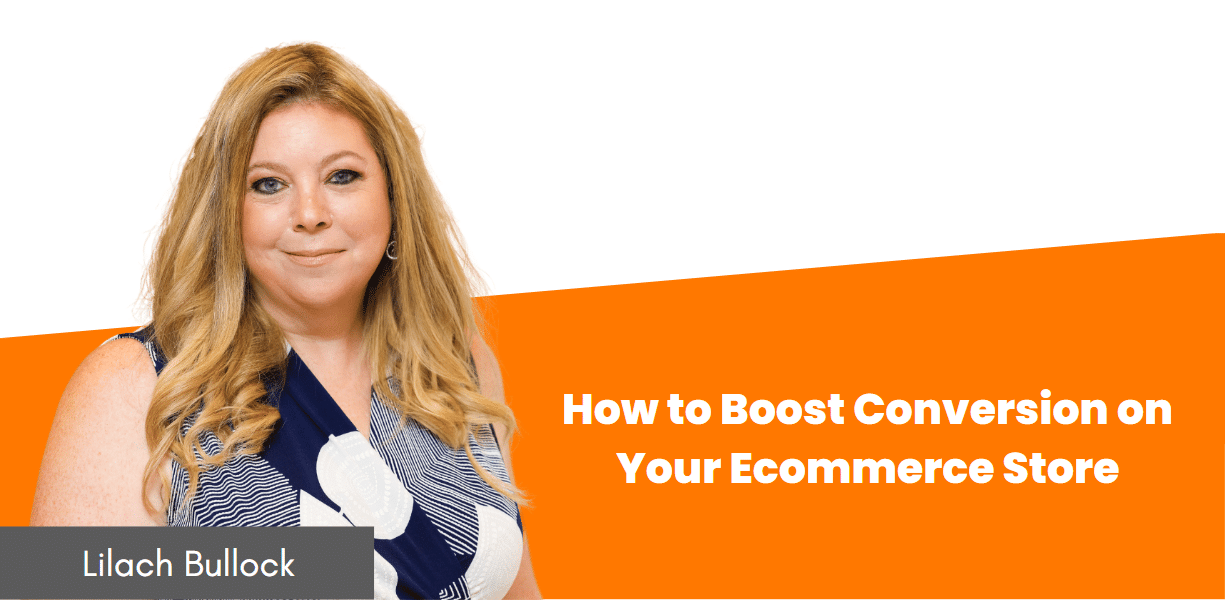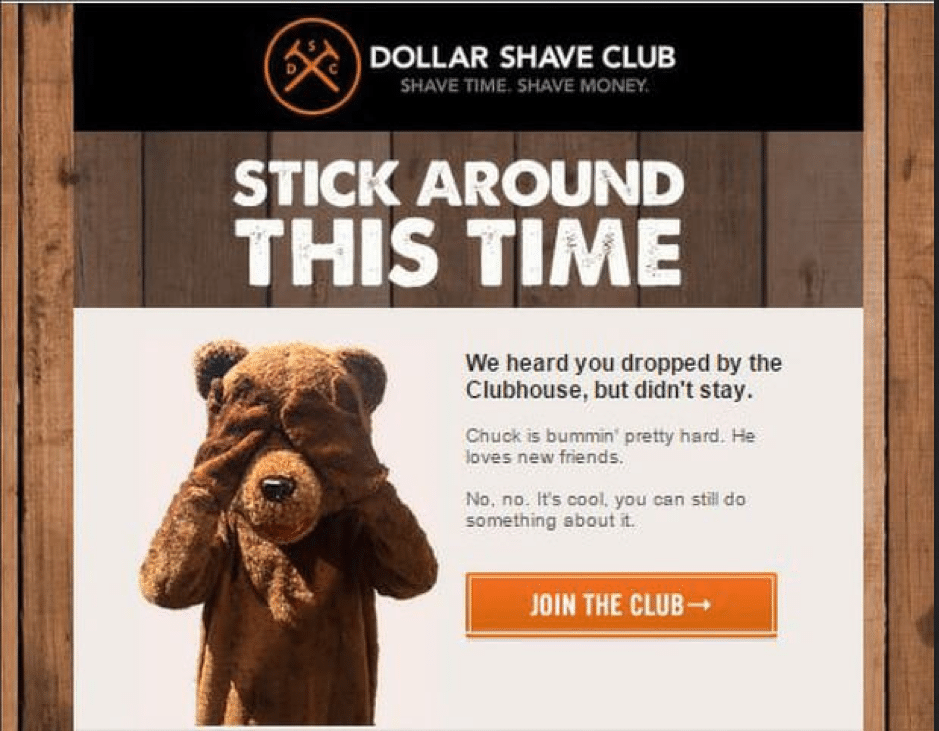Follow Lilach

How to Boost Conversion on Your Ecommerce Store
Running an ecommerce store, as you must have discovered, is much more challenging than running a physical store.
First of all, you’re competing with Amazon and many of the 3 million ecommerce stores online. Thus, you have an audience spoilt with options.
Now, how well does an average ecommerce store convert visitors? According to Invesp CRO, the average conversion rate of ecommerce websites is 2.86%
Of course, you want to do better than average. Beyond hosting your store on the best ecommerce platforms, what other steps do you need to take?
Here are 8 steps to boost conversions on your ecommerce store.
1. Use personalization to recommend products
Think of it, each potential buyer on your ecommerce site wants to buy one or a few of the hundreds of products you sell. Therefore, you can increase your chances of conversions by showing them the products they’re looking for.
According to a study by Econsultancy, 94% of companies achieved an increase in conversion rates after personalizing their websites.

That said, it’s difficult to personalize your ecommerce website manually. You need a personalization tool.
Some tools allow you to personalize your pages based on demographic data such as gender, location, and more. Meanwhile, some tools can even do better by watching your user’s buying patterns and adjusting product recommendations accordingly.
Frankly, you’ll struggle to find an ecommerce store that makes better product recommendations than Amazon.
One tool you can use for ecommerce personalization is Dialogue.

This tool uses artificial intelligence to deliver a personalized experience to shoppers based on their preferences and sales patterns according to their unique customer journey.
Dialogue analyses every interaction and movement of shoppers on an ecommerce website, understand their intent and generates relevant products recommendation and engaging text in real-time that helps to convert them
2. Employ trust signals on your ecommerce store
Considering Juniper Research’s study that online payment fraud is expected to reach $48 billion by 2023, it’s understandable that people want to avoid using their credit cards for online shopping. In fact, some shoppers don’t use their credit cards at all.
But for those who use it, they want to know that their financial information is safe with you. One of the best ways to earn trust is to have trust signals on your website.
First, your website has to use an SSL certificate. Second, you need to register with reputable security companies and have their trust badges on your website. In a survey by Baymard Institute, consumers trust Norton and McAfee logos more than other security companies.

With this structure in place, customers will be more comfortable submitting their financial information and, consequently, making a purchase.
3. Provide detailed product description and media
A detailed product description can be the difference between a user abandoning your sales page or proceeding to checkout. What are the features of your product, and what benefits can these features offer your buyers?
Beyond this, why should visitors buy from you rather than your competitors? That is, what is your unique selling proposition?
See a part of a product description for a wild hemp yoga mat on Etsy:
If you have a list of common questions from past buyers, you can create a frequently asked questions (FAQs) section below the product description. Another problem buyers want to avoid is hidden costs.
So, you need to be upfront about all the extra costs a buyer will incur such as shipping fees and others. Otherwise, they’ll run if they find their cost has doubled within a twinkle of an eye.
See this Home Depot product page where they spell out all the costs:

Apart from product descriptions, another vital part of your product page is images and videos. Since buyers can’t touch or feel your product, high-quality product images and videos can be a great substitute.
On Zappos product pages, you’ll usually find clear images and a video of the product.

4. Use social proof signals on your sales page
In most cases, people buy a product because their friend is using it or they saw it on Instagram. That’s why social proof is a vital part of your product page. And there are many ways to display these signals on your sales page.
One potent social proof signal is to display positive reviews. This could be reviews and ratings from platforms such as Capterra, G2, Amazon, or your website.
Here are reviews on Old Spice on a product page:

Another way to convince your prospects is through text or video testimonials. Here, customers will define their problems and how using your product helped them solve the problem. This is compelling for prospects who have the same problem.
But what if thousands or millions of people already bought your product? Displaying this number will tell prospects that something must be right with your product.
Here’s an example from G2 stating and highlighting the number of software reviews on the platform:

5. Employ scarcity and urgency
Scarcity can make your product seem more valuable than it is. If you have sold a thousand pieces and you have five left, then visitors want to buy to avoid missing out.
See this example from Walmart:

Likewise, urgency can trigger the fear of missing out (FOMO) in your potential buyers. If your product is only available at a particular price for the next 24 hours, then a visitor who wants the product will likely buy to take advantage of the deal.
6. Implement a simple checkout process
If you complicate your checkout process, most shoppers will just leave for your competitors’ website.
Unfortunately, one common mistake ecommerce companies make is asking for too many details before the sale. If you ask for too many details, this can discourage leads from becoming customers.
According to a Baymard survey, creating an account and a complicated checkout process were the second and third most common reasons for abandoning their cart.

Meanwhile, you can always ask for more details once they become customers. That’s why allowing guest checkout can boost conversions on your website.
For instance, during checkout, Old Spice allows the guest option:

Another way to make the checkout process simple is to use a progress bar. This way, they can see how many steps are left to complete their purchase.
Furthermore, offer popular payment options so that potential buyers can find their favorite payment platform.
7. Recover abandoned carts
No matter how well you optimize your ecommerce website, you can’t avoid cart abandonment. In fact, Baymard Institute reveals that the average cart abandonment rate is 69.57%.

Fortunately, you can recover these abandoned carts and turn them into sales. If you act fast.
From your ecommerce platform, you can set up cart abandonment email sequences. This will be a series of emails reminding your visitor of products left in their cart.
For example, here’s a cart abandonment email from Dollar Shave Club:

To increase the chances of conversion, you can make a discount offer to the potential buyer.
8. Carry out constant A/B testing
Since no strategy will work perfectly for every ecommerce store, you need to follow best practices and carry out tests to see how they affect your conversions.
You can A/B test various elements on your sales pages such as images, product description, CTA button, and more. A tool like VWO makes it easy to carry out these tests.

However, while testing, you should only test a single element at a time. This way, you can see how each change affects your ecommerce store conversion rate.
Conclusion
So long as you run an ecommerce store, the task of boosting conversions is a never-ending one. And if you feel intimidated by these 8 tasks, you can take them one at a time.
Follow these steps, and you’ll be on your way to achieving better-than-average conversions on your ecommerce store.

Follow Lilach















